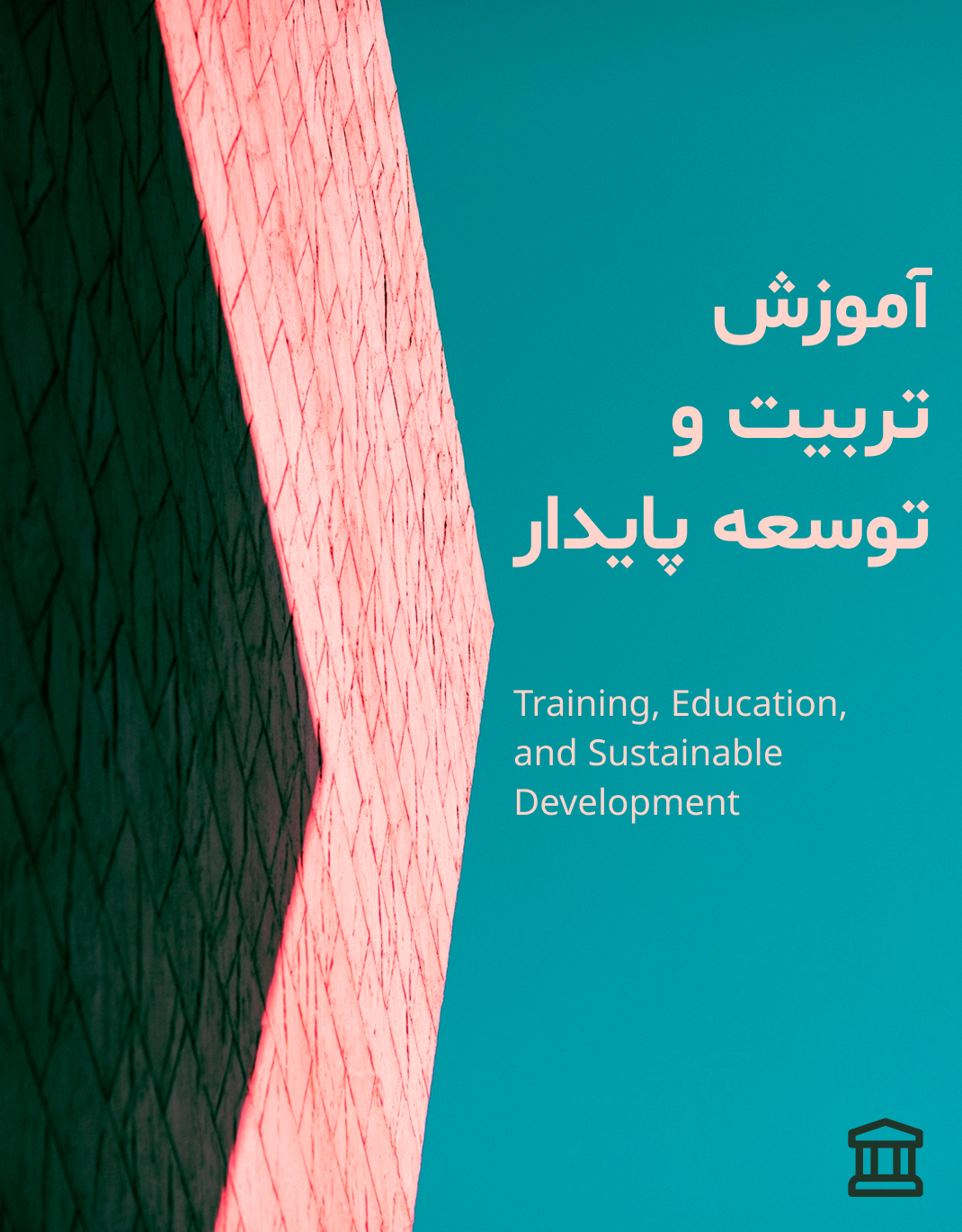تحلیل جامعهشناختی نقش عوامل اجتماعی در نابرابریهای حوزه سلامت اجتماعی در استان مازندران (مطالعه موردی شهرستان ساری)
کلمات کلیدی:
سلامت اجتماعی, سبک زندگی, مصرف فرهنگی, نابرابری اجتماعی, ساریچکیده
هدف این پژوهش، تحلیل جامعهشناختی نقش عوامل اجتماعی در ایجاد نابرابریهای سلامت اجتماعی در شهرستان ساری و تبیین سهم متغیرهایی چون سبک زندگی، مصرف فرهنگی، تحصیلات، نابرابری اجتماعی و دسترسی به خدمات بهداشتی در تبیین سطح سلامت اجتماعی است. پژوهش حاضر از نوع توصیفی–تحلیلی و به روش پیمایشی انجام شد. ابزار گردآوری دادهها پرسشنامهای محققساخته بود که روایی آن با نظر خبرگان و پایایی آن با ضریب آلفای کرونباخ (۹۶۰/۰) تأیید شد. جامعه آماری شامل کلیه شهروندان ۱۵ تا ۶۰ سال شهرستان ساری (۱۲۵۴۰۰ نفر) بود. حجم نمونه با استفاده از فرمول کوکران ۳۸۴ نفر تعیین شد و نمونهها با روش خوشهای تصادفی از مناطق شهری انتخاب شدند. برای تحلیل دادهها از آمار توصیفی، ضریب همبستگی پیرسون و اسپیرمن و تحلیل رگرسیون چندمتغیره با نرمافزار SPSS استفاده شد. یافتهها نشان داد میانگین سلامت اجتماعی بالاتر از حد متوسط (۲.۲۱ از ۳) است. در میان ابعاد سلامت اجتماعی، انطباق اجتماعی بالاترین (۲.۶۶) و یکپارچگی اجتماعی پایینترین میانگین (۱.۶۸) را داشت. بین نابرابری اجتماعی و سلامت اجتماعی رابطه منفی و معنادار (r = -0.512, p < 0.01) وجود داشت؛ در حالی که بین تحصیلات (r = 0.104, p < 0.05)، سبک زندگی (r = 0.477, p < 0.01) و دسترسی به خدمات بهداشتی (r = 0.590, p < 0.01) با سلامت اجتماعی رابطه مثبت و معنادار مشاهده شد. نتایج رگرسیون چندمتغیره نشان داد ۴۶.۳٪ از تغییرات سلامت اجتماعی توسط متغیرهای مستقل تبیین میشود؛ بیشترین تأثیر مربوط به دسترسی به خدمات بهداشتی و نابرابری اجتماعی و کمترین مربوط به تحصیلات و پایگاه اجتماعی–اقتصادی است. سلامت اجتماعی به عنوان یکی از ابعاد کلیدی توسعه اجتماعی، به شدت تحت تأثیر عوامل اجتماعی و ساختاری است. کاهش نابرابری اجتماعی و بهبود دسترسی به خدمات بهداشتی از مهمترین راهکارهای ارتقای سلامت اجتماعی شهروندان ساری به شمار میرود. ارتقای سبک زندگی سالم و افزایش سرمایه فرهنگی نیز میتواند به افزایش مشارکت، شکوفایی و انسجام اجتماعی کمک کند.
دانلودها
مراجع
Abdi, B. (2014). Examining the Role of Social Factors in Health Inequalities Among Citizens of Tabriz Doctoral Dissertation, Faculty of Law and Social Sciences, University of Tabriz].
Ahmadi, A. M., & Ehsan, T. (2016). Examining Factors Affecting Household Health Expenditures in Iran: Application of the Ordered Probit Model. Journal of Health Management, 20(67), 89-98. https://jha.iums.ac.ir/browse.php?a_id=2170&sid=1&slc_lang=fa
Baavosh, M., Shiyani, M., & Mousavi, M. (2017). Analyzing Socio-Economic Factors Affecting Poverty and Inequality in Health from 2011 to 2015. Social Welfare, 17(67), 71-108. https://refahj.uswr.ac.ir/article-1-3091-fa.html
Bani Fatemeh, H., Alizadeh Aghdam, M. B., Shahamfar, J., & Bahman, A. (2014). Health and Its Social Determinants: A Case Study on Health Inequalities Among Citizens of Tabriz. Applied Sociology Journal, 25(4), 73-89. https://journals.ui.ac.ir/article_18378.html
Chehabi, M., & Rahbar, M. R. (2012). Examining the Impact of Perceived Social Inequality on Health and Health Behaviors of Various Groups in Tehran. Quarterly Journal of Social Analysis of Order and Social Inequality, 4(62), 35-61. https://www.magiran.com/paper/1871294/
Hund, A. (2010). Uncovering the Interconnection of SES and Ethnicity to Health Related Quality of Life: An Investigation of White and Native Alaskans Doctoral dissertation, Case Western Reserve University].
Karvonen, S., & Rahkonen, O. (2011). Subjective social status and health in young people. Sociology of Health & Illness, 33(3), 372-383. https://doi.org/https://doi.org/10.1111/j.1467-9566.2010.01285.x
Koosha, M., Hezarjaribi, J., Allameh, H., Panahi, M. A., & Lalegani, A. (2025). Designing a Policy Model for Enhancing Social Health of the Elderly. Archives of Gerontology and Geriatrics Plus, 2(2), 1-10. https://doi.org/10.1016/j.aggp.2025.100149
Kraus, M. W., Piff, P. K., Mendoza-Denton, R., Rheinschmidt, M. L., & Keltner, D. (2012). Social class, solipsism, and contextualism: how the rich are different from the poor. Psychological review, 119(3), 546. https://doi.org/10.1037/a0028756
Manzari Tavakoli, S., & Maghsoodi, S. (2023). The Role of Social Support in the Social Health of Women in the Postpartum Period (Case Study: Faryab City). Journal of Iranian Social Studies, 17(1), 119-143. https://doi.org/10.22034/jss.2023.552499.1688
Mirowsky, J. (2017). Education, social status, and health. https://doi.org/10.4324/9781351328081
Mohammadnejad, N., & Ali Mohammad, A. (2015). Analyzing Socio-Economic Factors Affecting Mental Health in Iran. Social Health Journal, 2(2), 117-129. https://journals.sbmu.ac.ir/ch/index.php/ch/article/view/9936
Pourhossein, A., Ebrahimpour, D., & Elmi, M. (2022). Examining the Relationship between Perceived Social Support and Self-Efficacy with Social Health among Veterans of the Islamic Revolution in East Azerbaijan Province. Economic Sociology and Development, 11(2), 97-120. https://sociology.tabrizu.ac.ir/article_15673.html
Sadiq, A. R., Hakim, A., Haryono, B. S., & Hanafi, I. (2024). Policy Implementation Model of National Health Insurance Through Social Health Insurance Institution (BPJS) in Indonesia. Journal of Law and Sustainable Development, 12(1), e2448. https://doi.org/10.55908/sdgs.v12i1.2448
Schlund, R., Sommers, R., Bohns, V. K., Seifi, M., Shir, T., & Ali Mohseni, R. (2024). Giving people the words to say no leads them to feel freer to say yes Sociological explanation of social health of adolescents in foster care centers. Scientific reports, 14(1), Article 576. https://doi.org/10.1038/s41598-023-50532-3
Seif Zadeh, A. (2016). Examining the Relationship Between Socioeconomic Status and Health of the Elderly (Case Study: Azarshahr). Quarterly Journal of Nursing for Vulnerable Groups, 3(7), 12-23. https://joge.ir/article-1-71-fa.html
Song, X., Ali, N. M., Mhd Salim, M. H., & Rezaldi, M. Y. (2025). A literature review of virtual reality exergames for older adults: enhancing physical, cognitive, and social health. Applied Sciences, 15(1), 351. https://doi.org/10.3390/app15010351
Wolff, J. (2011). How should governments respond to the social determinants of health? Preventive Medicine, 53(4), 253-255. https://doi.org/10.1016/j.ypmed.2011.07.008
Yazdizadeh, S. (2024). Examining the Relationship Between Happiness and Social Health of Students. Quarterly Journal of Psychological Studies and Educational Sciences, 9(1), 37-25. https://civilica.com/doc/1754828/
دانلود
چاپ شده
ارسال
بازنگری
پذیرش
شماره
نوع مقاله
مجوز
حق نشر 2025 محمدرضا زمان فشمی (نویسنده); ابوالقاسم حیدرآبادی; علی اصغر عباسی اسفجیر (نویسنده)

این پروژه تحت مجوز بین المللی Creative Commons Attribution-NonCommercial 4.0 می باشد.

